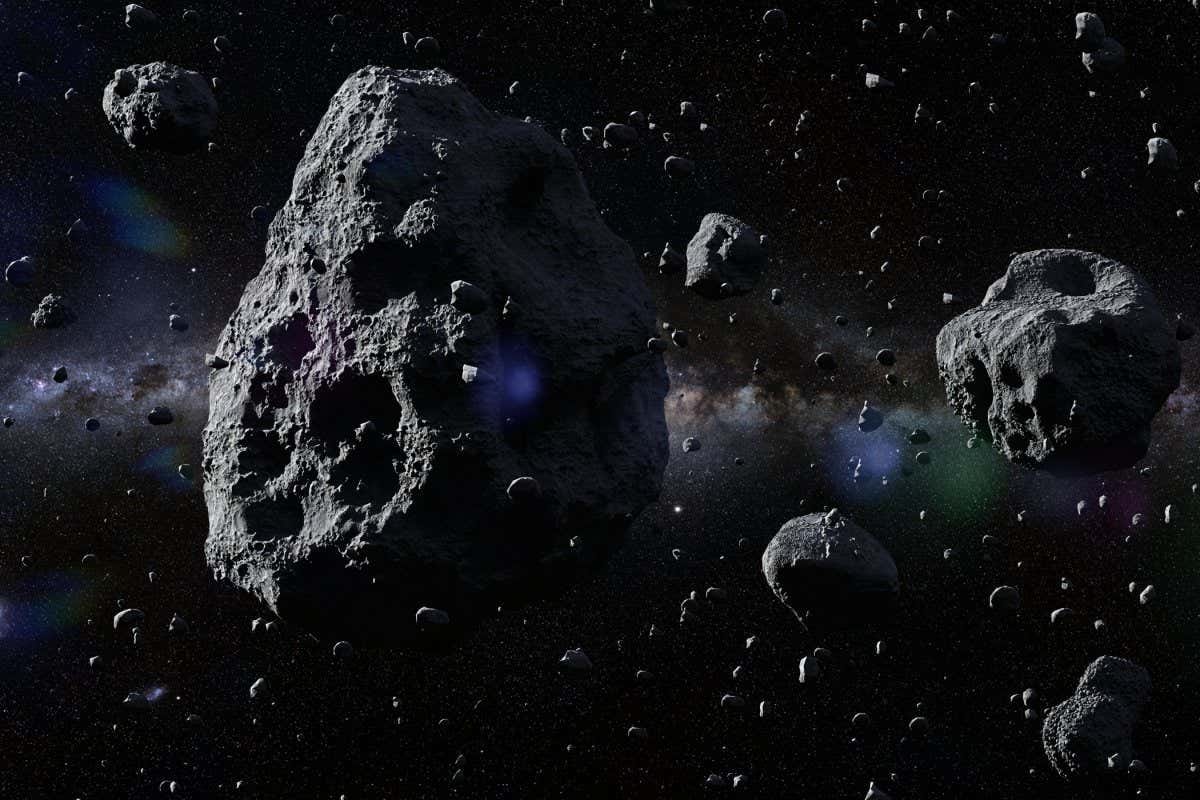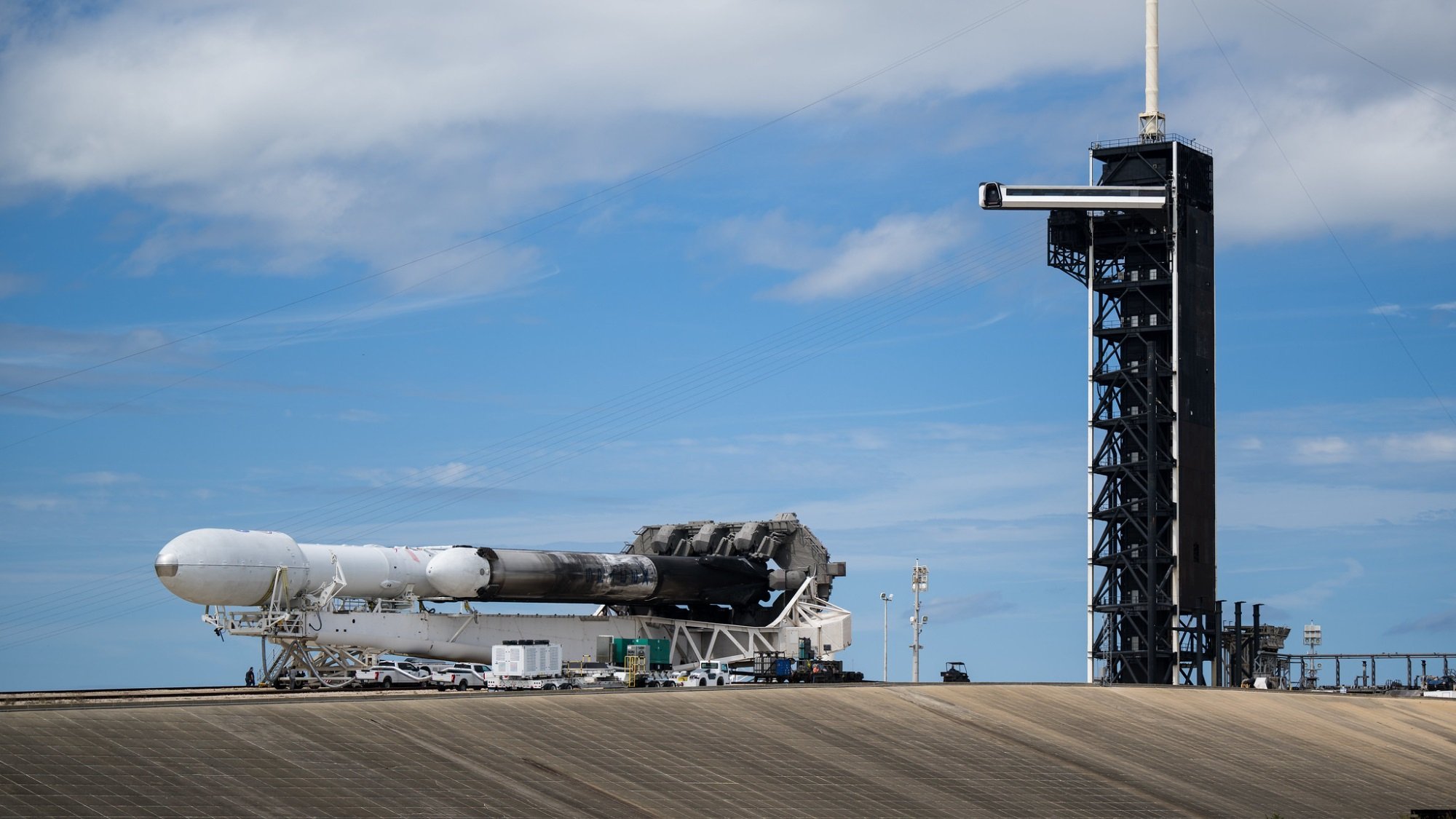Asteroid mining startup AstroForge is experiencing a rollercoaster of challenges and victories in its ongoing demonstration mission. In a recent blog post, the company openly shares the unexpected setbacks it faced before and after the launch.
Key Takeaway
Asteroid mining startup AstroForge has encountered challenges during its demonstration mission, including a magnetic field issue affecting satellite orientation and communication. Despite the setbacks, the company has demonstrated resilience and adaptability, taking steps to mitigate the problems and learning valuable lessons for future missions.
Overcoming Obstacles in Space
Putting hardware on orbit for the first time presents its own set of difficulties, which are often summarized by the phrase “space is hard.” However, AstroForge goes beyond this common refrain and delves into the specifics of the problems it encountered.
One major issue arose during the final integration stage with OrbAstro, the satellite bus provider for the mission. AstroForge discovered that their refinery system generated a magnetic field that interfered with the satellite’s ability to orient itself in space.
This problem had significant implications. The spacecraft would experience wobbling, making communication challenging. Furthermore, it would eventually settle into an orientation that completely cut off communication with Earth.
Faced with a crucial decision, AstroForge had two options: delay the mission by nine months and absorb the launch costs or proceed with the understanding that communication would be severed due to orientation issues. Despite the risks involved, the company opted to move forward as quickly as possible.
To mitigate the problem temporarily, AstroForge collaborated with OrbAstro to include an additional antenna on the satellite. This allowed them to at least downlink data on the spacecraft’s health status, although there was insufficient time to add an uplink antenna.
Another challenge emerged right after the satellite separated from the launch vehicle. AstroForge had difficulty identifying their spacecraft among the 50 other payloads released by SpaceX around the same time. This issue, according to co-founder and CTO Jose Acain, is more common than commonly discussed.
Finally, on May 5, 20 days after launch, engineers established a connection with the spacecraft. The nominal health packets were a positive sign, but the magnetic field problem resurfaced during the deployment of the solar arrays. Poor spacecraft orientation reduced the chances of the onboard antennas aligning with ground stations for telemetry and command purposes.
Adapting and Overcoming
To address this setback, AstroForge opted to increase the number of ground station passes. However, contracting and licensing a ground station typically takes up to a year. Fortunately, with the assistance of Australian ground segment venture Capricorn Space, AstroForge was able to complete the process within three months.
Finally, on September 2, the company successfully deployed the solar arrays, and by November 8, they completed crucial checkouts, marking around seven months since the launch. With only three months remaining, AstroForge must quickly complete the initial baseline check of its onboard sensors and the refinery demonstration before losing the ability to command the satellite entirely.
Learning from Mistakes
While the setbacks were challenging, AstroForge sees tremendous value in these learning experiences. The co-founders believe that these mistakes will inform their next, far more ambitious mission to deep space, scheduled for next year.
Lessons learned from this current demonstration mission include establishing protocols for rapid tracking and communication with spacecraft after launch vehicle separation, incorporating an uplink capability, and adding sequences to automatically command critical systems such as the solar arrays.
AstroForge’s co-founders emphasize their commitment to their life’s work and acknowledge that failure can also provide valuable takeaways for other companies. “Either we are the successful company that achieves it, or we show other companies the mistakes we made along the way, helping them avoid similar pitfalls,” explains co-founder Matthew Gialich.
Overall, AstroForge’s transparent blog post serves as a testament to their dedication, perseverance, and determination to revolutionize asteroid mining. Despite the setbacks, the company remains steadfast in its pursuit of success in this space frontier.

























